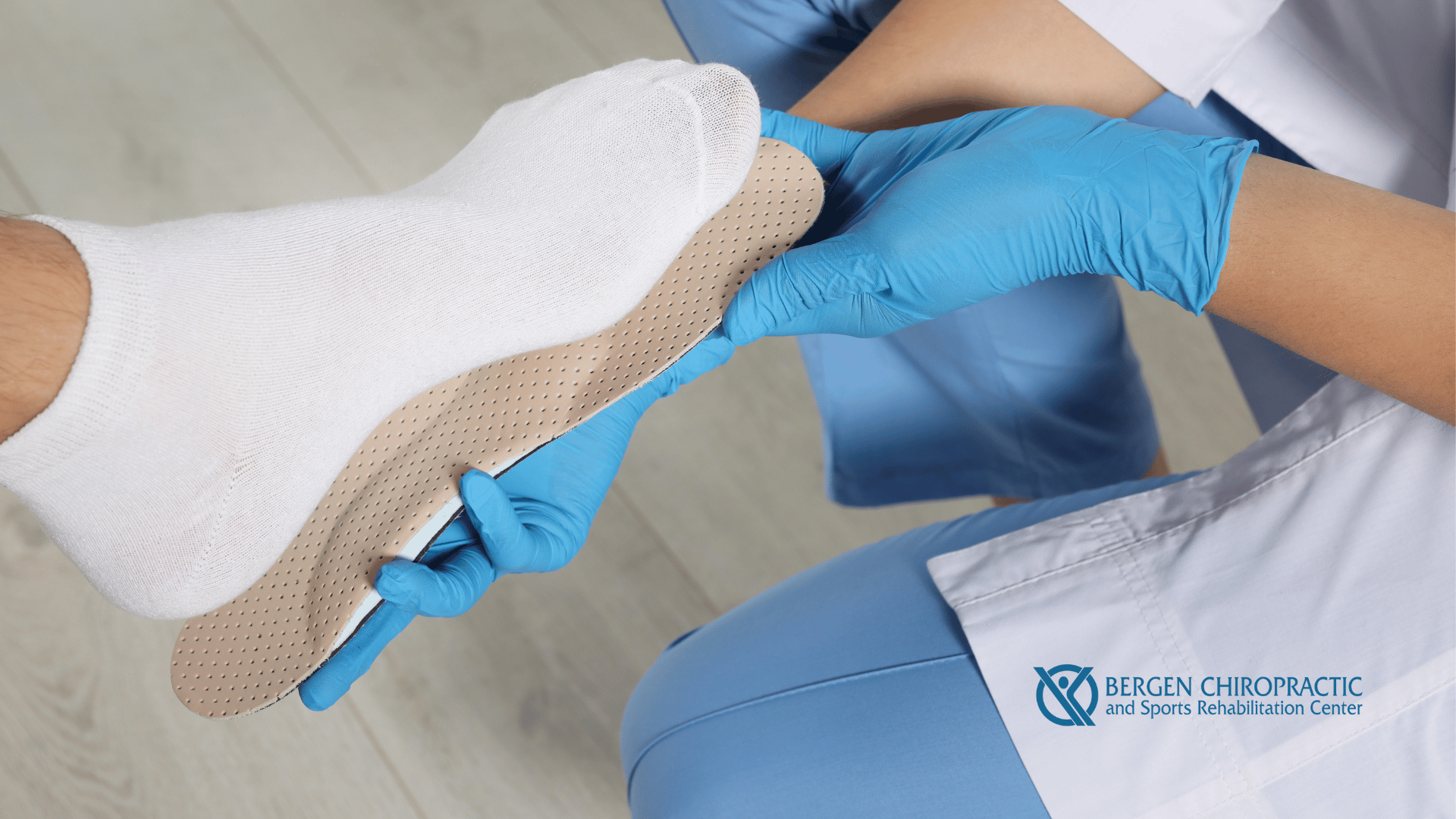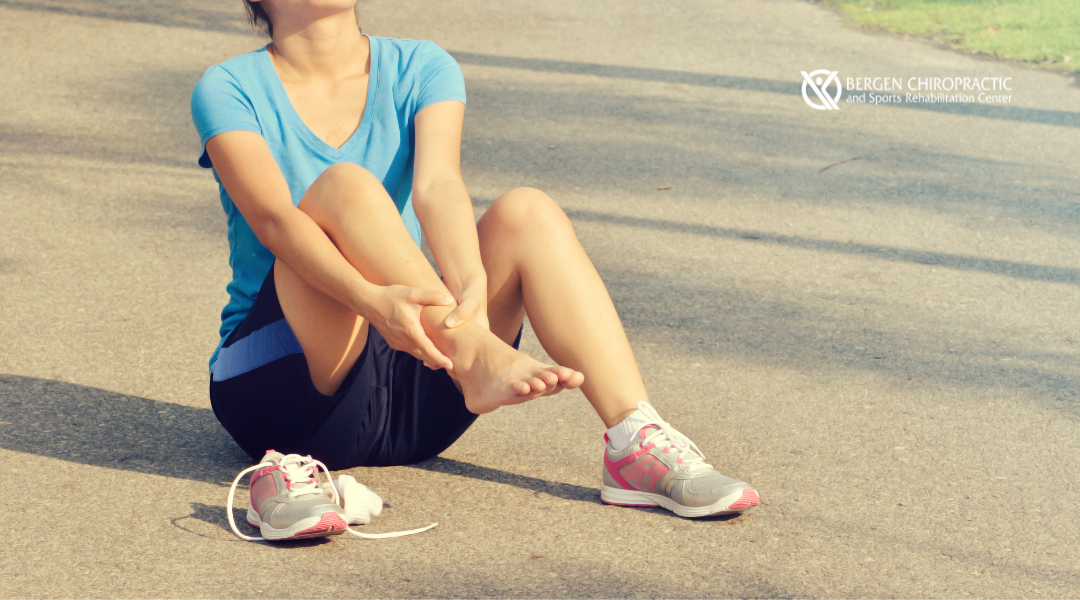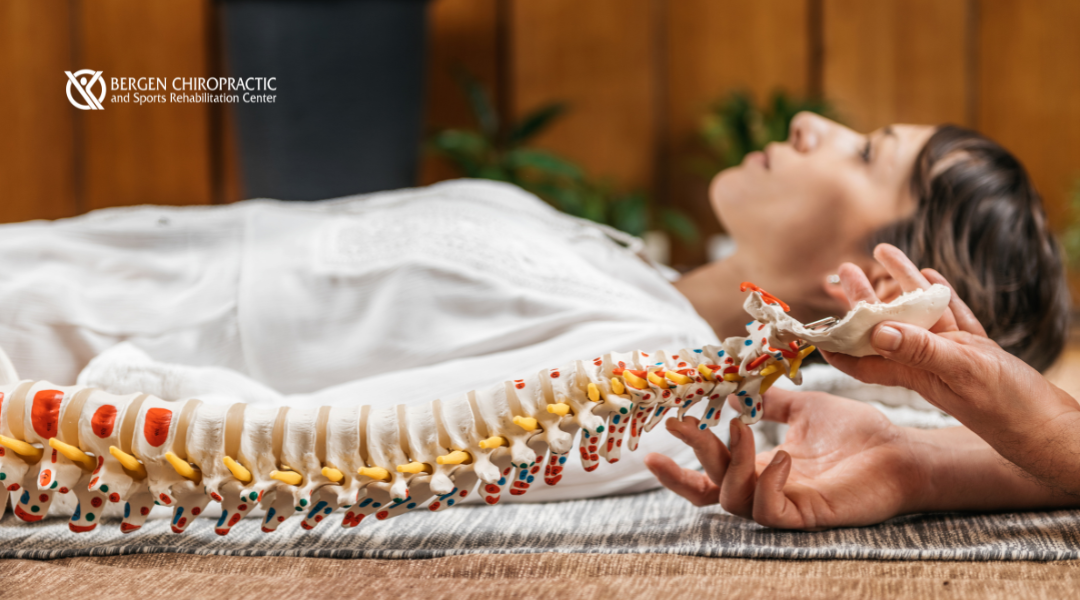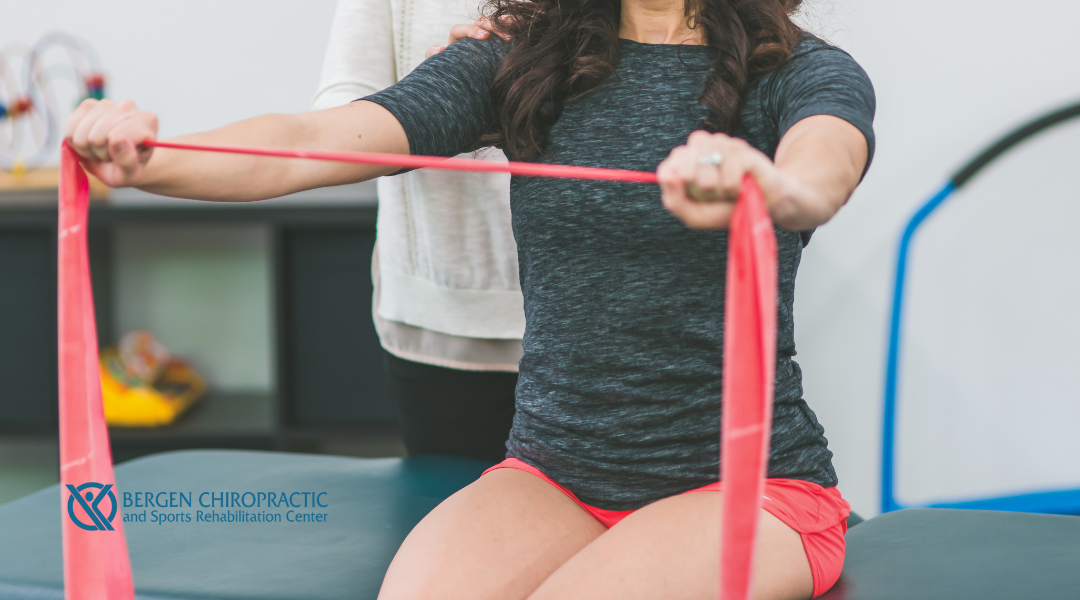You’re doing everything right—regular chiropractor visits and stretching routines. Yet, with every step, the sharp sting of plantar fasciitis lingers.
Does that sound familiar? Many people don’t realize that the foundation of relief often starts with something simple. The right shoes can be a game changer in your journey to pain-free movement.
The perfect pair of footwear soothes your symptoms and sets you on a path toward lasting comfort!
Summary
- Plantar fasciitis-friendly footwear should feature arch support, cushioning, heel support, and removable insoles to alleviate pain and promote healing.
- Combining proper footwear with chiropractic care, such as the Graston Technique, can enhance recovery from plantar fasciitis.
- Chiropractic adjustments improve foot and ankle alignment, complement supportive shoes, and address plantar fasciitis symptoms and root causes.
The Importance of Choosing the Right Shoes for Plantar Fasciitis
When battling plantar fasciitis, your shoes can be your best friends or worst enemies. The right pair can significantly reduce pain and support healing, while the wrong ones can exacerbate your symptoms.
4 Key Features of Plantar Fasciitis-Friendly Footwear
1. Arch Support: The Foundation of Foot Health
Good arch support is like a sturdy foundation for a house. Shoes with proper arch support help distribute pressure evenly across the foot, reducing strain on the plantar fascia.
This is especially important for those with flat feet or high arches, as these conditions can contribute to plantar fasciitis.
- Even pressure distribution: Proper arch support helps spread the force of your body weight evenly across your foot, reducing stress in any area.
- Shock absorption: A well-supported arch acts as a natural shock absorber, lessening the impact on your heels and the balls of your feet.
- Alignment correction: For flat feet, arch support can help realign the foot, potentially reducing overpronation and the associated strain on the plantar fascia.
- Stability enhancement: Proper support can improve stability and reduce the risk of ankle sprains in high arches.
- Pain relief: Supporting the arch alleviates pressure on the plantar fascia (the ligament running along the bottom of the foot), potentially reducing pain associated with plantar fasciitis.
- Improved posture: Proper arch support can improve overall posture, positively affecting the kinetic chain to your knees, hips, and back.
- Prevention of other foot issues: Good arch support doesn’t just help with plantar fasciitis – it can also prevent other foot problems like bunions and hammertoes.
- Customization options: Many shoes now offer removable insoles, allowing you to insert custom orthotics for personalized arch support.
Remember, the ideal level of arch support varies depending on your foot type. What works for someone with flat feet may not suit someone with high arches.
2. Cushioning: Absorbing Shock and Reducing Stress on the Feet
Think of cushioning as your foot’s personal shock absorber. It helps soften the impact of each step, which is crucial when dealing with plantar fasciitis. Look for shoes with ample cushioning in the heel and forefoot areas to give your feet a much-needed break.
- Impact absorption: Cushioning materials, such as EVA foam or gel, help absorb the shock from walking or running, reducing the stress transferred to your feet and lower body.
- Pain reduction: Adequate cushioning can alleviate discomfort by minimizing pressure on sensitive areas of your feet, particularly the heels and balls.
- Enhanced comfort: Soft, cushioned insoles provide a plush feel underfoot, making each step more comfortable and enjoyable, especially during long periods of standing or walking.
- Fatigue reduction: Good cushioning can help decrease foot fatigue by providing a comfortable surface that supports your feet throughout the day.
- Injury prevention: Proper cushioning can help prevent overuse and repetitive impact injuries by absorbing shock and reducing stress on the plantar fascia.
- Stability support: Some cushioned shoes are designed with a responsive midsole that not only absorbs shock but also provides stability, helping to maintain proper foot alignment.
- Versatility for activities: Whether walking, running, or standing for long periods, shoes with effective cushioning can adapt to various activities while keeping your feet protected.
3. Heel Support: Stabilizing Your Stride

A supportive heel counter keeps your foot in place and prevents excessive motion while enhancing shock absorption, reducing the impact on your heels with each step.
Heel support is particularly useful for individuals who walk or run with an uneven gait, as it helps guide the foot into a more natural gait cycle.
This stability is key for reducing stress on the plantar fascia and promoting proper alignment throughout your foot and ankle.
A deep heel cup cradles your heel, providing extra stability and helping to prevent overpronation—a common culprit in plantar fasciitis. This feature works hand in hand with good arch support to keep your foot in its optimal position.
It positions the heel bone directly under the ankle, promoting a more efficient foot strike and reducing unnecessary side-to-side movement.
This alignment can help prevent common issues associated with plantar fasciitis, like Achilles tendon strain and arch collapse, offering long-term foot health benefits for active individuals and those who stand for extended periods.
4. Removable Insoles: Customizing Comfort and Support
Shoes with removable insoles offer flexibility. You can swap them out for custom orthotics to tailor your footwear to your specific needs. This customization can be a game-changer in managing plantar fasciitis symptoms.
Removable insoles offer flexibility, giving you control over your foot health. With the option to switch out insoles, you can accommodate foot swelling, experiment with different levels of arch support, or use medical-grade orthotics for targeted relief.
For those with plantar fasciitis, this adaptability is essential. It allows you to adjust your shoes as your symptoms change over time, offering consistent comfort without buying new footwear.
Combining Footwear with Chiropractic Care for Optimal Pain Relief
While the right shoes are crucial, they’re just one piece of the puzzle.
Combining proper footwear with chiropractic care can supercharge your recovery from plantar fasciitis.
At Bergen Chiropractic, we offer specialized treatments that work harmoniously with supportive footwear to provide comprehensive relief!
The Graston Technique: A Game-Changer for Plantar Fasciitis
One of our most effective treatments is the Graston Technique.
This specialized form of instrument-assisted soft tissue mobilization can help break down scar tissue and promote healing in the plantar fascia.
Chiropractic Care: A Path to Curing Plantar Fasciitis
Many patients ask, “Is plantar fasciitis curable through chiropractic care?”
The answer is often yes!
Regular chiropractic adjustments can improve overall foot and ankle alignment, complementing the support provided by your shoes. This holistic approach addresses plantar fasciitis’s symptoms and root causes, leading to more effective and lasting relief.
Benefits for Runners and Active Individuals
Chiropractic care offers additional benefits for runners with plantar fasciitis. It improves running form, increases flexibility, and prevents future injuries—all of which contribute to healthier, happier feet.
Combining Footwear with Chiropractic Care for Optimal Pain Relief!
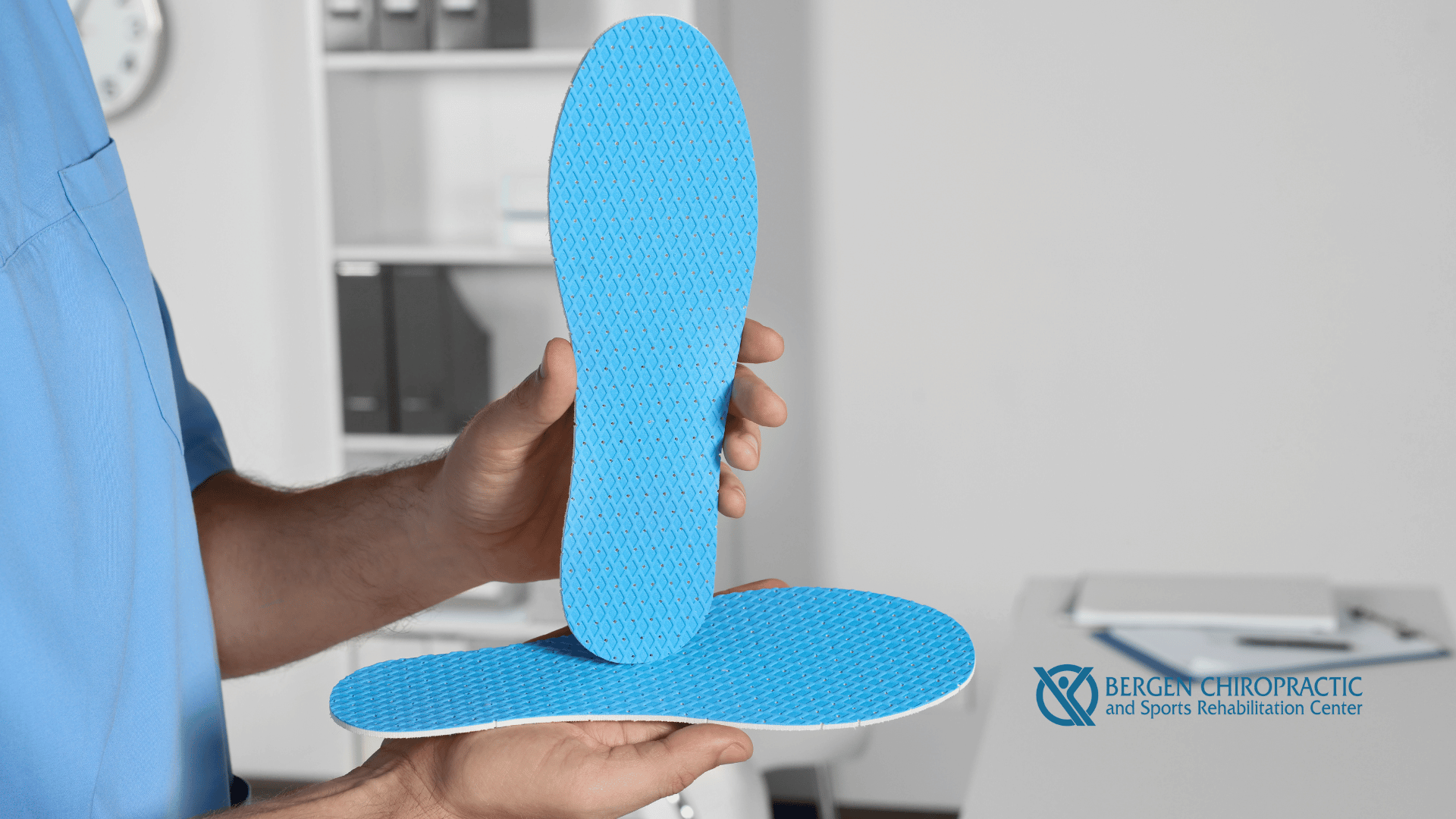
Recovery from plantar fasciitis is a journey, not a sprint. By choosing the right footwear and combining it with professional chiropractic care at Bergen Chiropractic, you’re setting yourself up for success. Our team is dedicated to providing personalized treatment plans that address your unique needs and get you back on your feet pain-free!
The chiropractic team at Bergen Chiropractic and Sports Rehabilitation Center adheres to the highest medical standards to provide superior chiropractic care. Our mission is to provide unparalleled patient care in a comfortable, healing atmosphere.
Access our contact form or call us at (201) 357-6539 to learn more about our chiropractic care services! Our offices at 532 Anderson Avenue, Cliffside Park, NJ 07010, and 62 Summit Ave, Hackensack, NJ 07601, are ready to welcome you as we proudly serve the areas of New York, New Jersey, Philadelphia, PA, and Baltimore, MD. Also, access our blog, Facebook, and Instagram pages for more information on chiropractic care for meniscus tear rehabilitation!

